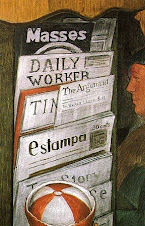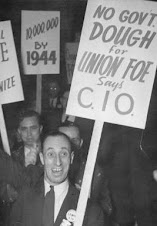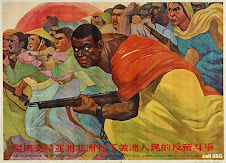By Caleb T. Maupin
Published Jun 29, 2009 6:13 AM
On June 16, 1976, the apartheid regime of South Africa faced the heroic Soweto Uprising.
Students in Soweto, a section of Johannesburg, marched peacefully against the imposition of the colonial language in the segregated Black schools. This language was an insult to the colonized population, on top of the horrific terror they faced in their everyday lives.
The police opened fire on the march. Among the first people killed in this barrage of repression was a student named Hector Pieterson. He was only 13 years old when he was killed for marching against South Africa’s racist, U.S.-backed regime. His fellow students carried his corpse; the image was immortalized in a world-famous photograph.
People from across South Africa came to support the ensuing rebellion of the students. The student revolutionaries and their allies bombed and set fire to symbols of oppression, and fought the state forces in the streets.
Hoping to squash the struggle for freedom, the oppressors responded brutally. Helicopters randomly fired machine guns into crowds. Corpses lay in piles around the Soweto police station.
Revolutionaries symbolically destroyed this police station during the aftermath of the rebellion.
U.S. Secretary of State Henry Kissinger canceled a scheduled appearance in South Africa. The imperialists he represented did not wish to highlight their support for mass murder.
A mass memorial for the victims was banned. At first, the South African regime attempted to claim that only 23 people had been killed. Now, most agree that the death toll most likely exceeded 600, possibly reaching 1,000.
Mass struggles, both armed and unarmed, defeated the apartheid regime. Divestment campaigns were carried out on campuses. Mass demonstrations were held throughout the world.
Longshore workers in the U.S. refused to unload ships from South Africa. Socialist countries supplied aid to the resistance. Cuba sent its own soldiers to fight the apartheid regime’s armies in Angola.
The African National Congress is now the strongest political party in the country. Nelson Mandela, the imprisoned leader of the resistance movement, served as president of the country for five years after the downfall of apartheid.
June 16 is now “Youth Day” in South Africa, to honor the student rebels in a country where apartheid is no more. When it fell—thanks to heroic struggles of the people—the Soweto student rebel slogan “Amandla!” (“Power to the people!”) was heard throughout the world.
Articles copyright 1995-2009 Workers World. Verbatim copying and distribution of this entire article is permitted in any medium without royalty provided this notice is preserved.
From the Latest Issue of Workers World Newspaper
Subscribe to:
Post Comments (Atom)










































No comments:
Post a Comment